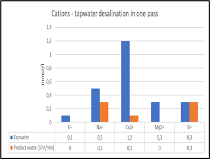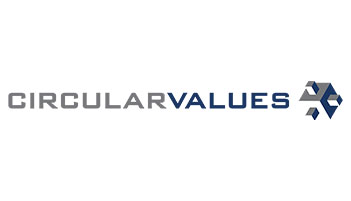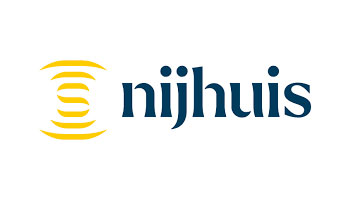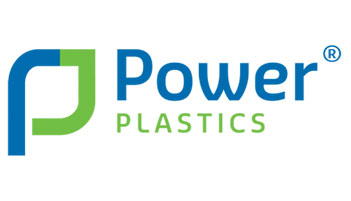Koelwater ontharden
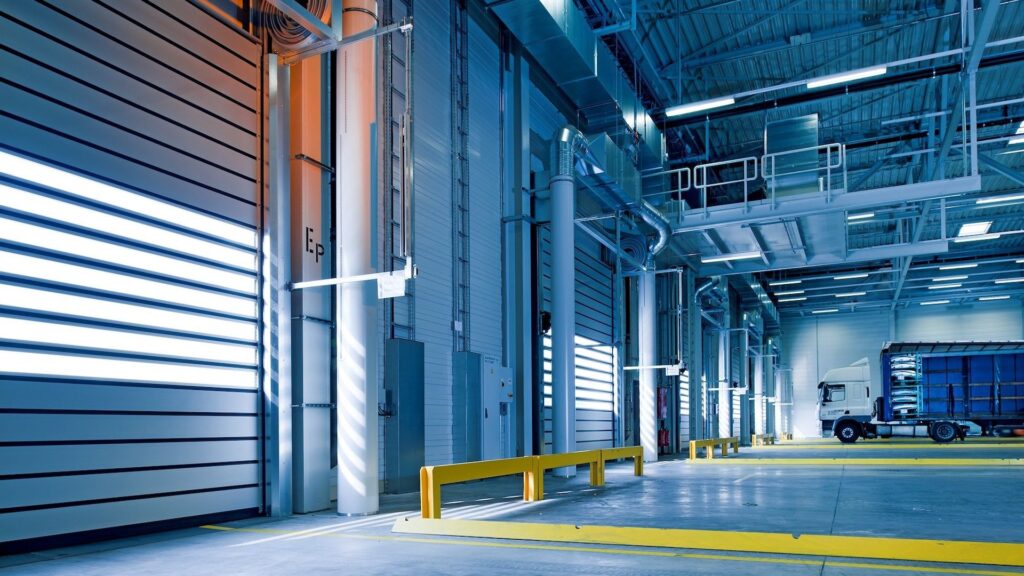
In het MIT zuid haalbaarheidsstudie is de toepassing van de ion selectieve ontzoutingstechniek voor koelwater ontharding onderzocht. Om het koeltoren water te ontharden, wordt gebruik gemaakt van ion exchange membranen met een specifieke voorkeur voor snelle verwijdering van de multivalente ionen zoals Calcium en Magnesium. Een voorbeeld van kraanwater ontharding is toegevoegd. Na 1 passage langs de membranen met een tijdsduur van 4 seconden wordt het Calcium en Magnesium met 90% gereduceerd. Ook Chloride en Waterstofcarbonaat worden verwijderd. De opbrengst van het geproduceerde zachte water is 98%. Er gaat slechts 2% water verloren in het geconcentreerde afvalwater met voornamelijk Calcium, Magnesium, Chloride en WaterstofCarbonaat. Hierdoor wordt een sterk competitief voordeel gecreëerd met de huidige 2 onthardingstechnieken
- Ionenwisseling harsen verwijderen Calcium en Magnesium volledig, waardoor het water corrosief wordt. Corrosie inhibitors moeten aan het koelwater worden toegevoegd. De harsen moeten zeer regelmatig met een grote overmaat keukenzout (25 ton NatriumChloride per jaar ) geregenereerd worden.
- Een andere gangbare techniek is het toevoegen van anti-scalents polymeren aan het koelwater. Deze wateroplosbare polymeren complexeren Calcium en Magnesium, waardoor het water zachter wordt. De indikkingsgraad van het koelwater wordt hierdoor beperkt, waardoor het koelwater eerder gespuid dient te worden.
De unieke eigenschappen van de toegepaste innovatie zijn mogelijk disruptief voor de huidige onthardingstechnieken voor koelwater behandeling. Bij het beschreven proces worden geen chemicaliën gebruikt, alleen elektriciteit, meer water besparing, en nog belangrijker, tegen lagere kosten.
